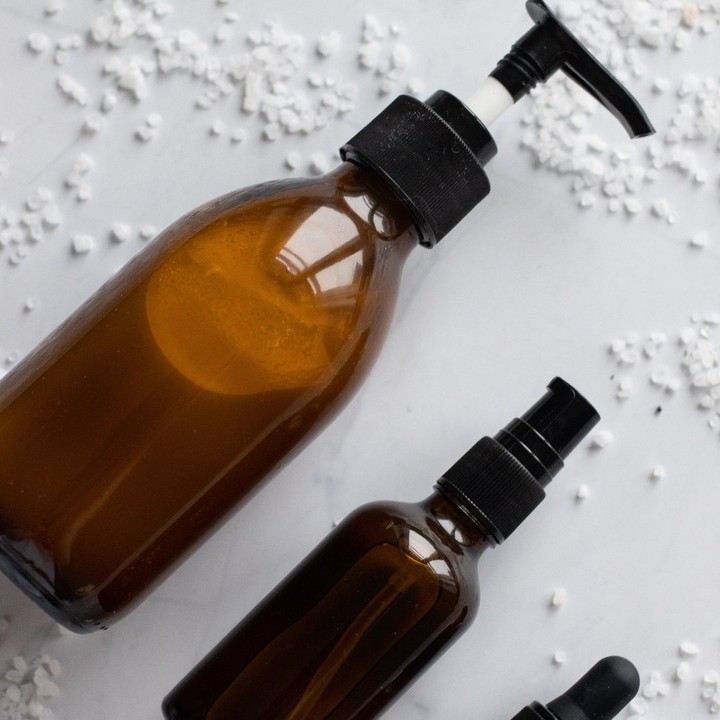
The Skin and Sun: The Protection and Exposure
The Skin and Sun: Protection and Exposure
The relationship between Skin and Sun: Protection and Exposure is a delicate dance that spans both the realms of health and beauty. As the largest organ of the body, the skin plays a crucial role in protecting our internal organs from external threats. Simultaneously, exposure to sunlight provides essential benefits, such as the synthesis of vitamin D. In this article, we will delve into the multifaceted connection between the skin and the sun, examining the biological mechanisms, the impact of sunlight on skin health, and the delicate balance between protection and exposure.
The Biological Basis of Skin and Sun Interaction:
Layers of the Skin:
a. Epidermis: The outermost layer of the skin acts as a protective barrier against harmful external elements, including UV radiation from the sun.
b. Dermis: The middle layer provides structural support and houses various essential components like blood vessels and collagen. c. Hypodermis: The deepest layer consists mainly of fat and serves as an insulator for the body.
Ultraviolet Radiation (UV):
a. Types of UV Radiation: Understanding the distinction between UVA, UVB, and UVC rays and their effects on the skin.
b. DNA Damage: How UV radiation can lead to DNA mutations and the potential consequences, including skin cancer.
The Benefits of Sunlight on Skin Health:
Vitamin D Synthesis:
a. Importance of Vitamin D: Exploring the role of vitamin D in bone health, immune function, and mental well-being.
b. Sunlight as a Natural Source: How the skin converts UVB rays into vitamin D and the recommended exposure for adequate synthesis.
Mood and Circadian Rhythms:
a. Serotonin Production: The link between sunlight exposure and the production of serotonin, a neurotransmitter that influences mood.
b. Circadian Rhythms: How exposure to natural light helps regulate the body's internal clock and promotes better sleep.
The Dark Side of Sun Exposure:
While the sun provides essential benefits to our health and well-being, prolonged and unprotected exposure can cast a shadow over our skin's vitality. The dark side of sun exposure encompasses a range of potential risks and consequences that extend beyond the surface, impacting our skin at the cellular level. In this exploration, we will delve into the various facets of the adverse effects of sun exposure, including premature aging, the risk of skin cancer, and the role of free radicals in undermining skin health.
I. Photoaging: The Visible Consequence of Sun Exposure
Sun exposure is a primary contributor to the aging process of the skin, a phenomenon known as photoaging. This process manifests in various visible signs, altering the skin's texture, tone, and elasticity.
- Wrinkles and Fine Lines: a. Collagen Breakdown: Ultraviolet (UV) rays penetrate the skin and accelerate the breakdown of collagen, a crucial protein responsible for maintaining skin firmness. b. Elastin Degradation: The sun's impact on elastin fibers leads to reduced skin elasticity, contributing to the formation of wrinkles and fine lines.
- Hyperpigmentation: a. Sunspots and Age Spots: Prolonged sun exposure triggers an overproduction of melanin, resulting in the development of dark spots and age-related hyperpigmentation. b. Uneven Skin Tone: Sun-induced pigmentation irregularities can lead to an uneven complexion and diminished skin radiance.
- Loss of Skin Elasticity: a. Destruction of Fibroblasts: UV radiation damages fibroblasts, cells crucial for maintaining skin elasticity, resulting in sagging and a loss of youthful contours. b. Impact on Skin Texture: Photoaging contributes to a rougher skin texture, further emphasizing the signs of aging.
II. Free Radicals and Oxidative Stress: The Underlying Mechanism
- Formation of Free Radicals: a. UV-Induced Damage: Exposure to UV radiation generates free radicals within the skin, unstable molecules with unpaired electrons. b. Cellular Consequences: Free radicals can initiate a chain reaction, causing oxidative stress that damages cellular structures, including DNA.
- DNA Damage and Repair: a. Mutations and Skin Cancer Risk: UV-induced DNA damage increases the risk of mutations, potentially leading to the development of skin cancer. b. Cellular Repair Mechanisms: The body's natural repair mechanisms may become overwhelmed with persistent exposure, contributing to cumulative damage.
III. Skin Cancer Risk: A Growing Concern
- Melanoma, Basal Cell Carcinoma, and Squamous Cell Carcinoma: a. Melanoma: The most severe form of skin cancer, melanoma, is closely associated with UV exposure and can metastasize if not detected and treated early. b. Basal Cell Carcinoma and Squamous Cell Carcinoma: These more common types of skin cancer are often linked to chronic sun exposure, affecting the basal and squamous cells of the epidermis.
- Preventive Measures: a. Sunscreen as a Protective Barrier: Regular use of broad-spectrum sunscreen with a high sun protection factor (SPF) can significantly reduce the risk of skin cancer. b. Early Detection: Regular skin checks and prompt consultation with a dermatologist can lead to the early identification and treatment of suspicious lesions.
Striking the Balance: Sun Protection and Safe Sun Practices:
- Choosing the Right Sunscreen: a. SPF and Broad-Spectrum Protection: a. Choosing the Right Sunscreen: Understanding SPF, UVA/UVB protection, and selecting a sunscreen suitable for individual skin types. You can choose Nivea Spf50 Sun Uv Face Anti Aging Cream 50ml
- b. Water-Resistant Formulas: Considering the importance of water-resistant sunscreen for extended outdoor activities. You can choose Roc Soleil-Protect High-Tolerance Comfort Fluid (Spf50) 50ml
- Protective Clothing and Accessories: a. Sun-Protective Clothing: Investing in clothing with UPF (ultraviolet protection factor) to enhance overall sun protection. b. Hats and Sunglasses: Using accessories like wide-brimmed hats and sunglasses to shield the face and eyes from direct sunlight.
- Timed Exposure and Sun Safety: a. Golden Hour: Maximizing benefits while minimizing risks by choosing optimal times for sun exposure. b. Avoiding Overexposure: Recognizing the signs of sunburn and understanding the importance of moderation.
The intricate interplay between the skin and the sun encompasses a vast spectrum of biological, health, and cosmetic considerations. As we navigate the complexities of this relationship, it becomes imperative to strike a delicate balance between reaping the benefits of sunlight and safeguarding our skin from its potential harm. Through informed choices, technological advancements, and a deeper understanding of individual needs, we can embark on a journey toward skin health that embraces the sun's vitality while preserving the integrity of our body's largest organ.
 العربية
العربية





